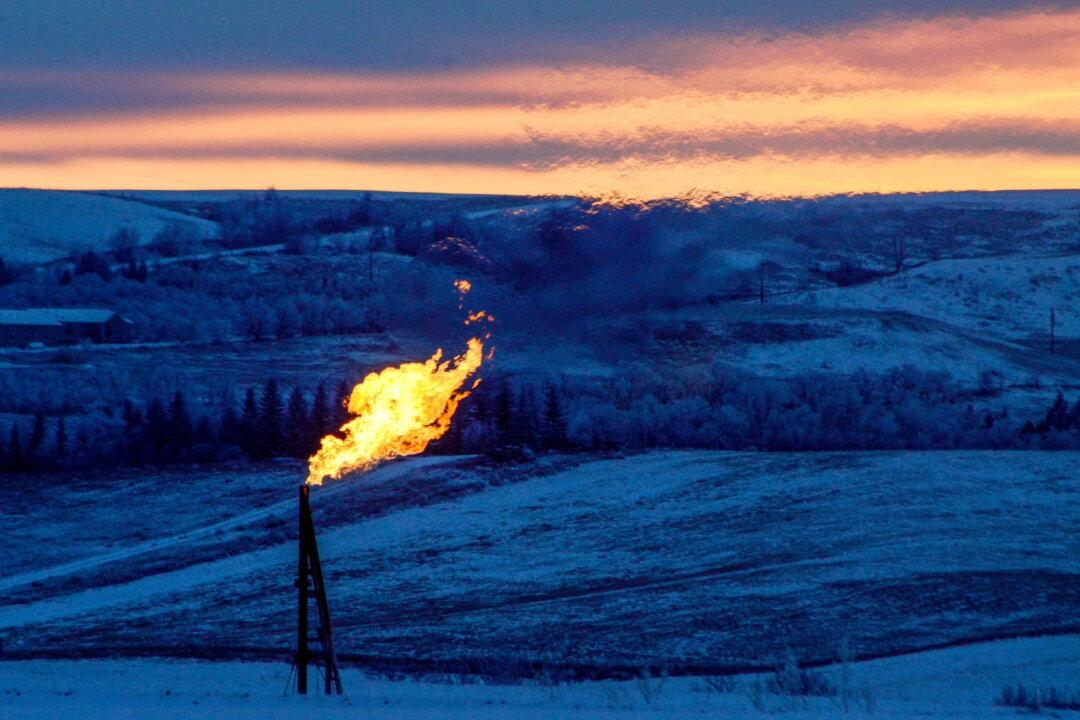Americans across the country will be paying more for natural gas this winter season, according to a report by the U.S. Energy Information Administration (EIA).
Almost half of all U.S. households heat their homes primarily with natural gas. The EIA calculates that such homes will spend an average of about $930 on gas this winter, which is 28 percent more than what they spent last winter, according to the EIA’s Winter Fuels Outlook report published on Oct. 12.





